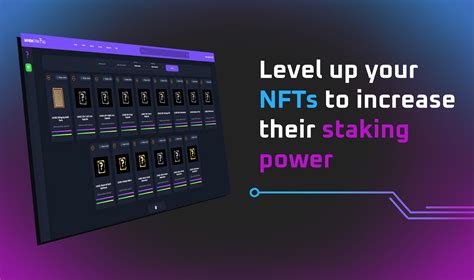Here is a detailed analysis of the future of pool attachment in Ethereum (ETH):
Current status
Folding pools have become a decisive part of the Ethereum ecosystem, allowing users to participate in the validation process and earn rewards. However, the current state of pool insertion is characterized by:
1.
- Low returns
: Refund for insertion over time decreased due to increased competition from other block remuneration and validation mechanisms.
3.
Future development
To address these challenges, the Ethereum community examines several potential solutions:
1.
- New insertion mechanisms

: The introduction of new insertion mechanisms that are less dependent on high transaction charges or have better returns can help increase participation.
3.
4.
potentially trends
Based on current trends and development of new technologies:
1.
2.
- Improved validation mechanics : Development of new validation protocols, such as tolerance to cover or Byzantine failure tolerance (BFT), may offer more efficient and scandulars alternatives to traditional insertion mechanisms.
Calls forward
Despite this potential development, there are still several problems that need to be addressed:
1.
2.
3
Scalaciability and usability problems : As a procedure during Ethereum 2.0 passage, potential scalability and usability problems may arise, affecting users’ acceptance.
Conclusion
The future of putting pools in Ethereum is a promise, with several potential developments and trends contributing to increased participation, new mechanisms and improvement of validation processes. However, in order to ensure the long -term sustainability of the ecosystem, it is necessary to address regulatory uncertainty, concerns about security and scalability problems.
Finally, while the challenges, prospects for growth and innovation in the area of insertion on Ethereum remain promising.
Leave a Reply